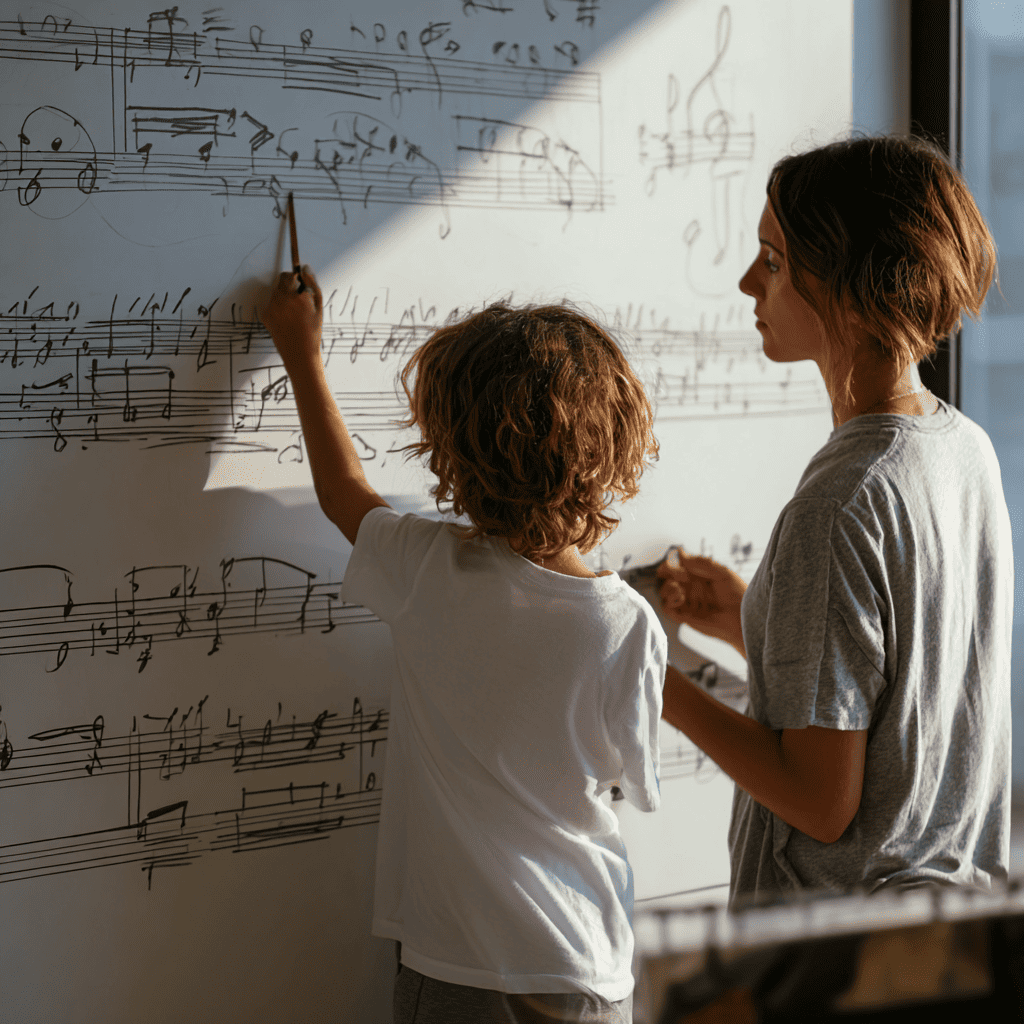How to Help Children Create Music with Modern Instruments
The first time a child presses a glowing pad on a MIDI controller and hears a full drum beat crash into life, something changes. It’s not just the sound—it’s the realization that they made it happen. That spark, that little surge of power and wonder, is where composition begins.
For generations, composing music meant ink and staves, pencil erasers and hours of theory. And while that foundation still matters deeply, today’s young composers often begin their journey differently. They start with a beat. A loop. A sample. A riff on an electric guitar recorded into a phone. Composition, in the hands of a child, becomes play. And from that play, serious art can emerge.

For generations, composing music meant ink and staves, pencil erasers and hours of theory. And while that foundation still matters deeply, today’s young composers often begin their journey differently. They start with a beat. A loop. A sample. A riff on an electric guitar recorded into a phone. Composition, in the hands of a child, becomes play. And from that play, serious art can emerge.
But even before the screen lights up, the creative impulse is there. A child who improvises on an electric violin is already composing. A guitarist who figures out three chords and starts humming a tune over them is composing. The moment we validate these experiments as music-making—rather than just practice—we begin to nurture young composers with confidence.
For teachers, the shift can be subtle. It’s not about replacing theory with gadgets. It’s about inviting composition early. When a student learns a new scale, ask them to make up a tune using it. When they master a chord progression, let them rearrange it. Show them that even small fragments of sound are seeds for something greater.
Modern instruments make this accessible in ways that classical instruments sometimes can’t. A looper pedal on a digital piano allows instant layering. An iPad can hold dozens of virtual instruments. An electric guitar connected to a DAW becomes a symphony or a storm, depending on the pedalboard. These tools don’t replace creativity—they accelerate it.
The role of the teacher is to guide, not to control. Offer structure but leave room for surprise. Set a theme—like “winter” or “outer space”—and let the student build their sound around that idea. Explore genres together. Give feedback not on what is “right,” but on what is interesting, expressive, and honest.
Parents, too, play a vital role. Support doesn’t have to mean understanding every app or plugin. It can simply mean listening with curiosity. Asking to hear a new track. Praising originality instead of perfection. Creating time and space for experimentation.
At our school, we believe every child is a potential composer. Not just because they know theory, but because they feel something and want to express it. We help them turn that feeling into music—sometimes with staff paper, sometimes with glowing screens, often with both. We show them that composing isn’t only for the prodigies or the professionals. It’s for the brave. For the curious. For anyone who has something to say and a sound in their head.
And when a student finishes their first composition—when they play it for their classmates or upload it for the world to hear—it’s a moment that stays with them forever. It’s not just “I played music.” It’s “I made music.”
That changes everything.